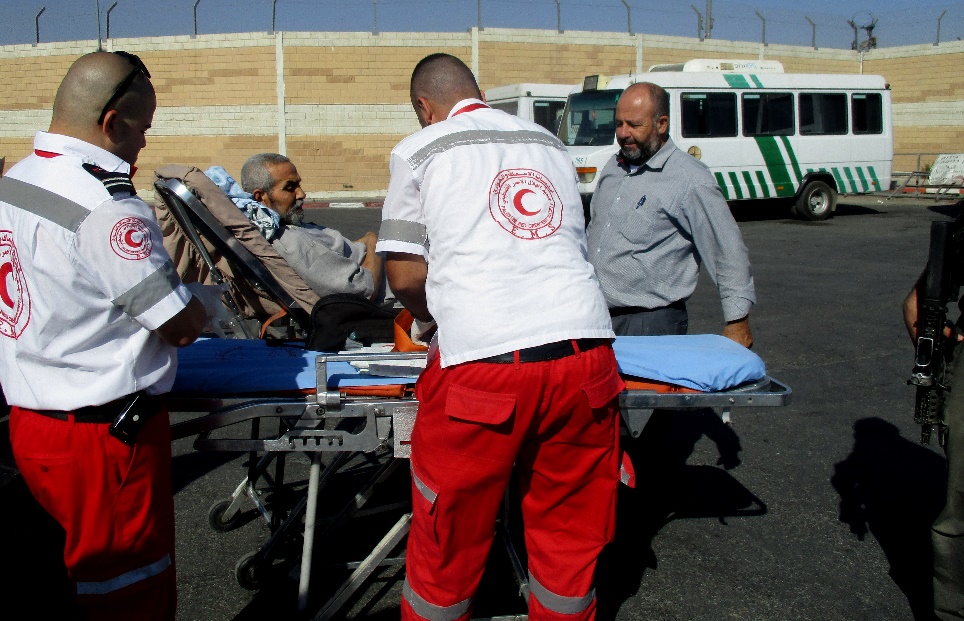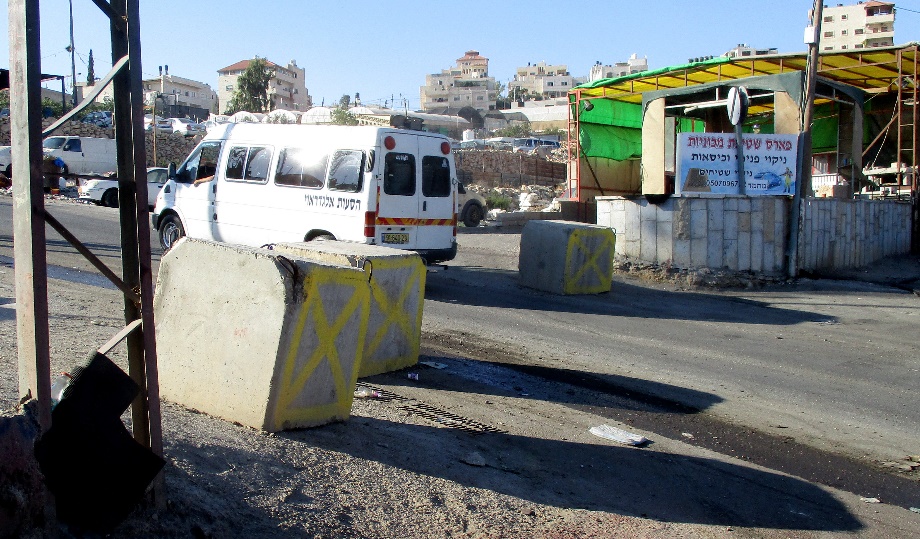Hizma, Qalandiya
Qalandiya and Hizma

I meant to photograph the patient who was released just a few hours ago from treatment at Al Najah Hospital in Nablus and was transferred from one stretcher to another and from one ambulance to another, because I wished to tell of the long while he must drag on until he finally reaches his Gaza home.
I also wished to write that the Israeli mantra “We left Gaza” is a blatant lie, and that Israel continues to control the lives and deaths of every single inhabitant of the Gaza Strip, and hard - nearly impossible – it is to obtain a permit to exit Gaza even when life is at stake.
And then I looked at the photo and saw the rifle and the hand and the soldier’s stance and knew (yet again) that they, the soldier and the hand and the rifle, represent the power that drives and enables this violent apparatus to control the lives of millions of humans entirely devoid of rights.
The people of Hizma are hard-headed.

It’s been over a week already that every day someone or other arrives with a heavy vehicle and chain and removes one of the concrete slabs that the army placed here two months ago as collective punishment.
“They throw stones”, say the soldiers.
And every evening the soldiers arrive with their heavy vehicle, place the moved slb back in its line and to the punishment add violent patrols, the hurling of teargas and stun grenades and wholesale arrests.
But the people of Hizma are hard-headed.
Despite all the shit they’ve been handed for so long, they do not grow accustomed nor lower their heads, and once again the next day someone or other arrives with their heavy vehicle and chain, and moves one of the concrete slabs and traffic flows in and out again and then the army returns and places the slab back in its place, again and again.
“It’s we who do this”, say the people with their collective pride.
We is not I.
We is togetherness.
We is the power.
Every single stop along the way reminded Seamus of the remains of British occupation in North Ireland that are still evident here and there in his city, Belfast.
